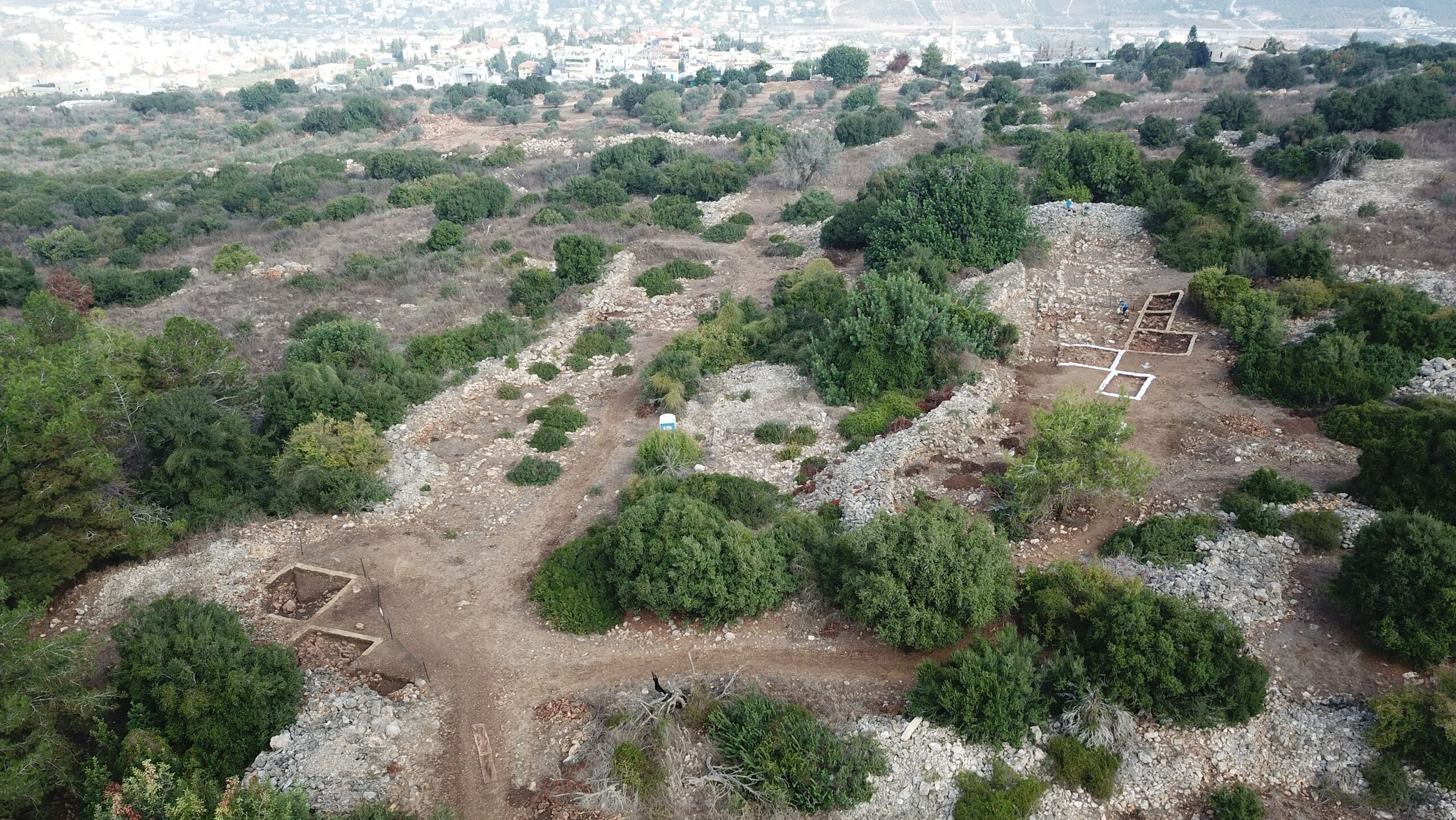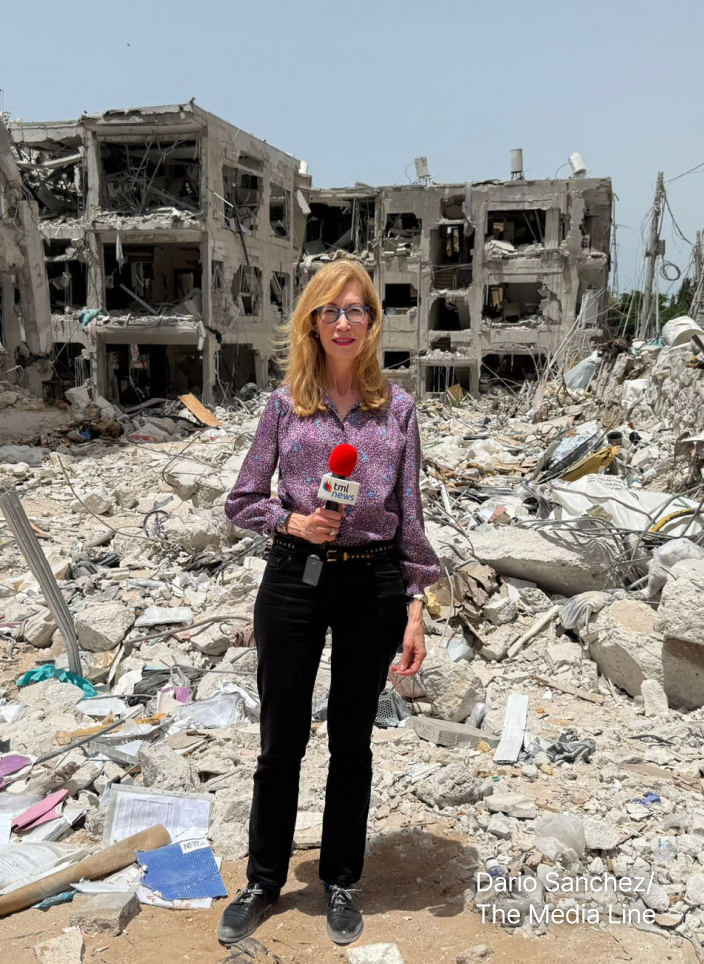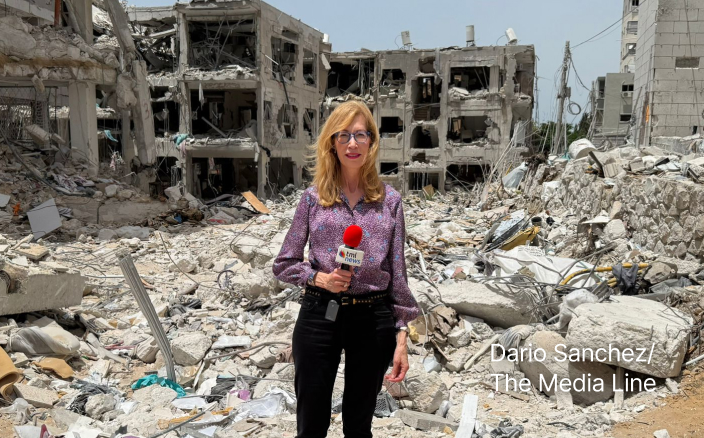Archaeologists Find 3,000-Year-Old Bronze Workshop in Samaria Hills
Archaeologists at the University of Haifa say they’ve cracked a 3,000-year-old mystery: bronze was being produced—not just recycled—at El-Ahwat, a remote hilltop site in northern Samaria, during the Early Iron Age. The discovery rewrites what we know about the region’s role in ancient industry.
Microscopic and chemical tests on metal fragments and smelting waste show copper and tin were alloyed on-site, marking the first direct evidence of primary bronze production in the country at that time. “This is the first conclusive proof that bronze was actually produced in the country during the Early Iron Age—not by recycling existing items, but through smelting—and in a peripheral mountain settlement rather than a major urban center,” said Dr. Tzilla Eshel, who led the study.
Give the gift of hope
We practice what we preach:
accurate, fearless journalism. But we can't do it alone.
- On the ground in Gaza, Syria, Israel, Egypt, Pakistan, and more
- Our program trained more than 100 journalists
- Calling out fake news and reporting real facts
- On the ground in Gaza, Syria, Israel, Egypt, Pakistan, and more
- Our program trained more than 100 journalists
- Calling out fake news and reporting real facts
Join us.
Support The Media Line. Save democracy.
The work draws on artifacts excavated about 30 years ago by the late Prof. Adam Zertal and later analyzed by University of Haifa’s Zinman Institute of Archaeology in collaboration with metallurgical specialists. The results—published in PLOS One—show that the copper came from both the Timna mines in Israel and the Faynan mines in Jordan. Inconsistent alloy quality suggests a developing, nonprofessional industry, but one that was clearly experimenting with new techniques.
The find challenges the view that high-level metalworking was confined to major cities. It also hints at an organized trade network moving raw materials deep into the central hill country, even as the collapse of Late Bronze Age empires reshaped the political map of the Levant.



